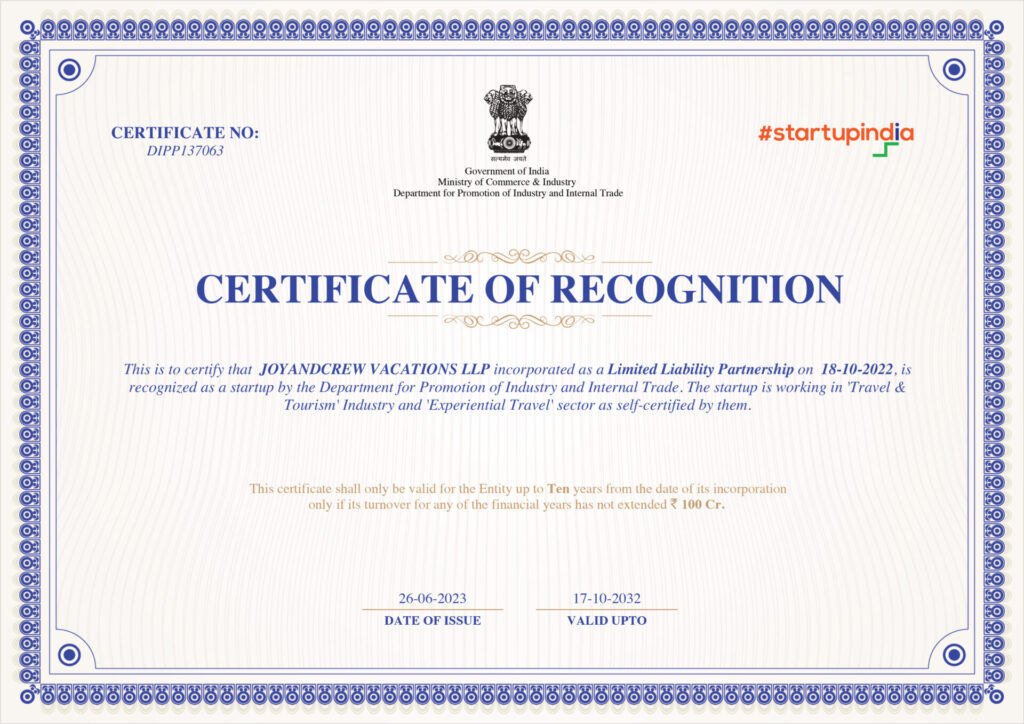Kenya has breathtaking landscapes, rich biodiversity, and world-renowned safari experiences. From the rolling savannas of the Maasai Mara to the snow-capped peaks of Mount Kenya, the country offers diverse ecosystems teeming with wildlife. However, with increasing tourism, sustainable travel has become essential to preserve these ecosystems and support local communities. A responsible safari ensures that future generations can continue to enjoy Kenya’s natural wonders.
Why Choose Kenya for a Safari in 2025?
Kenya is one of the world’s most sought-after safari destinations, offering a stunning variety of wildlife, breathtaking landscapes, and unique cultural encounters. A safari in Kenya is not just a travel experience; it’s an opportunity to witness nature in its purest form. From the iconic Big Five to vibrant tribal cultures, Kenya provides an unparalleled adventure for nature enthusiasts and conservation-conscious travelers. As sustainable tourism gains momentum, 2025 presents an ideal time to explore eco-friendly safari options that contribute positively to local communities and wildlife conservation.
Diverse Wildlife
Kenya’s diverse ecosystem supports an extraordinary range of wildlife. The country is home to the legendary Big Five—lion, elephant, buffalo, leopard, and rhinoceros—making it a dream destination for wildlife lovers. Besides these majestic creatures, visitors can witness cheetahs sprinting across the savanna, giraffes gracefully roaming the plains, and hippos basking on riverbanks. The birdlife is equally impressive, with over 1,100 species recorded, including the iconic African fish eagle and flamingos painting Lake Nakuru pink.
World-Renowned Parks
Kenya boasts some of the most famous national parks and reserves in Africa:
-
Maasai Mara National Reserve:
Known for hosting the spectacular Great Migration, where over 1.5 million wildebeest, zebras, and gazelles traverse the Mara River in search of greener pastures.
-
Amboseli National Park:
Offers stunning views of Mount Kilimanjaro and large herds of elephants.
-
Tsavo National Parks:
Split into Tsavo East and Tsavo West, these parks are famous for their rugged terrain, red elephants, and diverse landscapes.
-
Samburu National Reserve:
Home to unique species such as the Grevy’s zebra, Somali ostrich, and gerenuk.
Unique Cultural Experiences
Beyond wildlife, Kenya offers rich cultural experiences, particularly with the Maasai and Samburu tribes. Visitors can learn about their age-old traditions, warrior culture, and deep connection to nature. Engaging with local communities allows travellers to appreciate the significance of Indigenous knowledge in wildlife conservation.
Emerging Eco-Friendly Safari Options
With growing awareness of sustainable travel, Kenya has introduced numerous eco-friendly safari experiences. Many lodges and camps now focus on minimising their environmental footprint, using solar power, and supporting local conservation efforts. Private conservancies also offer low-impact tourism while ensuring that wildlife and local communities benefit from visitors.
The Idea Behind Sustainable Safari Travel
Sustainable tourism is essential to preserving Kenya’s natural beauty and cultural heritage. A responsible safari helps protect wildlife, supports local economies, and promotes ethical travel choices. Key principles of sustainable safari travel include:
- Minimising environmental impact by choosing eco-conscious accommodations and transport.
- Supporting local communities through responsible tourism initiatives.
- Choosing ethical and eco-friendly travel partners that prioritise conservation.
- Respecting wildlife and their natural habitats by following ethical safari guidelines.
Key Steps to Planning a Sustainable Safari
Research Destinations and Safari Operators
- Choose certified eco-lodges and operators with Eco Tourism Kenya certification.
- Consider visiting private conservancy over traditional national parks, as they promote sustainable tourism and benefit local communities.
Travel Responsibly
- Use direct flights to reduce carbon emissions, with airlines like Indigo and Kenya Airways offering routes from India.
- Participate in carbon offset programs to balance out travel emissions.
Accommodation
For an immersive and eco-friendly stay, consider:
- Tayari Luxury Tented Camp – A sustainable retreat with minimal environmental impact.
- Westwood Nairobi – An urban eco-friendly hotel with sustainable initiatives.
- Sarova Nakuru – A scenic lodge offering views of flamingo-filled Lake Nakuru.
Transportation
- Choose electric safari vehicles where available.
- Join shared game drives to minimise carbon footprints.
- Experience tuk-tuk rides for local exploration in cities and towns.
Pack Sustainably
- Avoid single-use plastics by carrying reusable water bottles and cloth bags.
- Use biodegradable toiletries and reef-safe sunscreen to protect the environment.
Engage Locally
- Support local artisans by purchasing handmade souvenirs.
- Contribute to community projects that promote education and healthcare.
Best Time to Visit Kenya for a Safari
- High Season (July to October): Best for witnessing the Great Migration and viewing the Big Five, with August being a prime month.
- Shoulder Season (January to February): Fewer crowds and lower costs while offering excellent wildlife viewing.
- Off-Peak Travel: Helps reduce tourism pressure on natural ecosystems while benefiting local economies year-round.
Essential Wildlife Ethics
- Maintain a safe distance from animals and never attempt to touch or feed them.
- Respect National Reserve guidelines: Stay quiet during wildlife sightings for a more immersive experience.
- Follow your guide’s instructions at all times.
- Leave no trace: Take all waste back with you and respect the environment.
A safari in Kenya is a once-in-a-lifetime experience that should be approached with sustainability in mind. By making eco-friendly choices in accommodation, transportation, and ethical tourism practices, visitors can help preserve Kenya’s wildlife and cultural heritage. Whether witnessing the Great Migration, exploring vibrant tribal communities, or enjoying an off-grid luxury camp, your journey can contribute to conservation efforts. Start planning your sustainable safari adventure today and be a part of Kenya’s incredible conservation story!
FAQs
What is a sustainable safari?
A sustainable safari minimises environmental impact, supports local communities, and promotes ethical wildlife interactions.
What should I pack for a sustainable safari in Kenya?
Eco-friendly toiletries, reusable water bottles, biodegradable sunscreen, and ethically sourced clothing.
How can I support local communities during my safari?
Book tours with responsible operators, buy locally made souvenirs and donate to community projects.
Is it safe to travel to Kenya for a safari in 2025?
Yes! Kenya has well-managed national parks and lodges that prioritise visitor safety. Always follow travel advisories and use reputable operators.
Are electric safari vehicles standard in Kenya?
While emerging, many eco-conscious lodges and conservancies are adopting electric safari vehicles for a greener experience.
What should I do if I encounter dangerous wildlife?
Remain calm, stay in your vehicle, and follow your guide’s instructions.
What is the Great Migration, and where can I witness it?
The Great Migration is an annual movement of wildebeest and zebras between Tanzania’s Serengeti and Kenya’s Maasai Mara. The best time to see it is July to October.
What wildlife can I expect to see on a Kenyan safari?
The Big Five, cheetahs, giraffes, zebras, hippos, flamingos, and countless bird species.
Are safari trips in Kenya family-friendly?
Yes! Many lodges offer kid-friendly activities and educational programs for young explorers.











